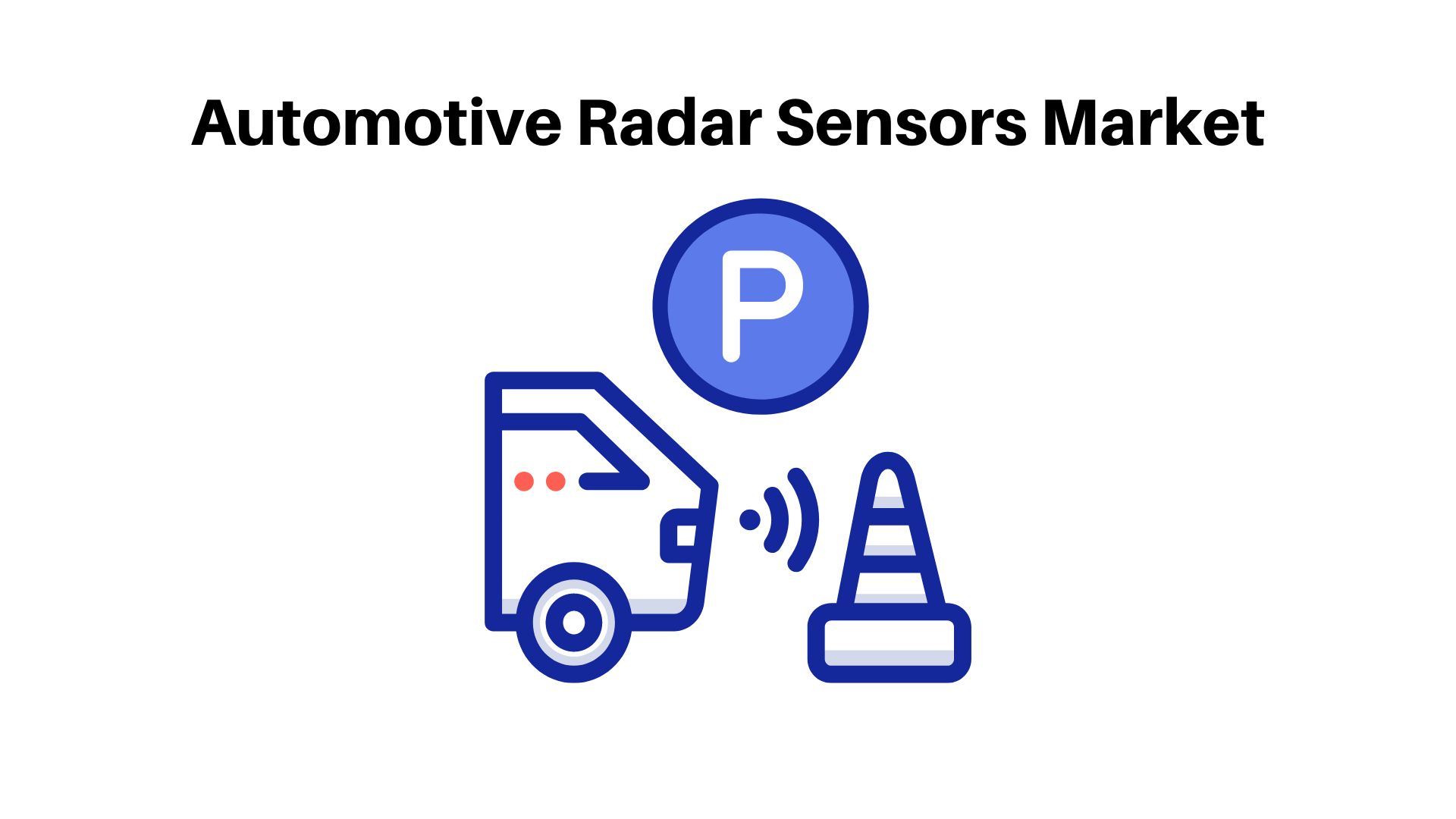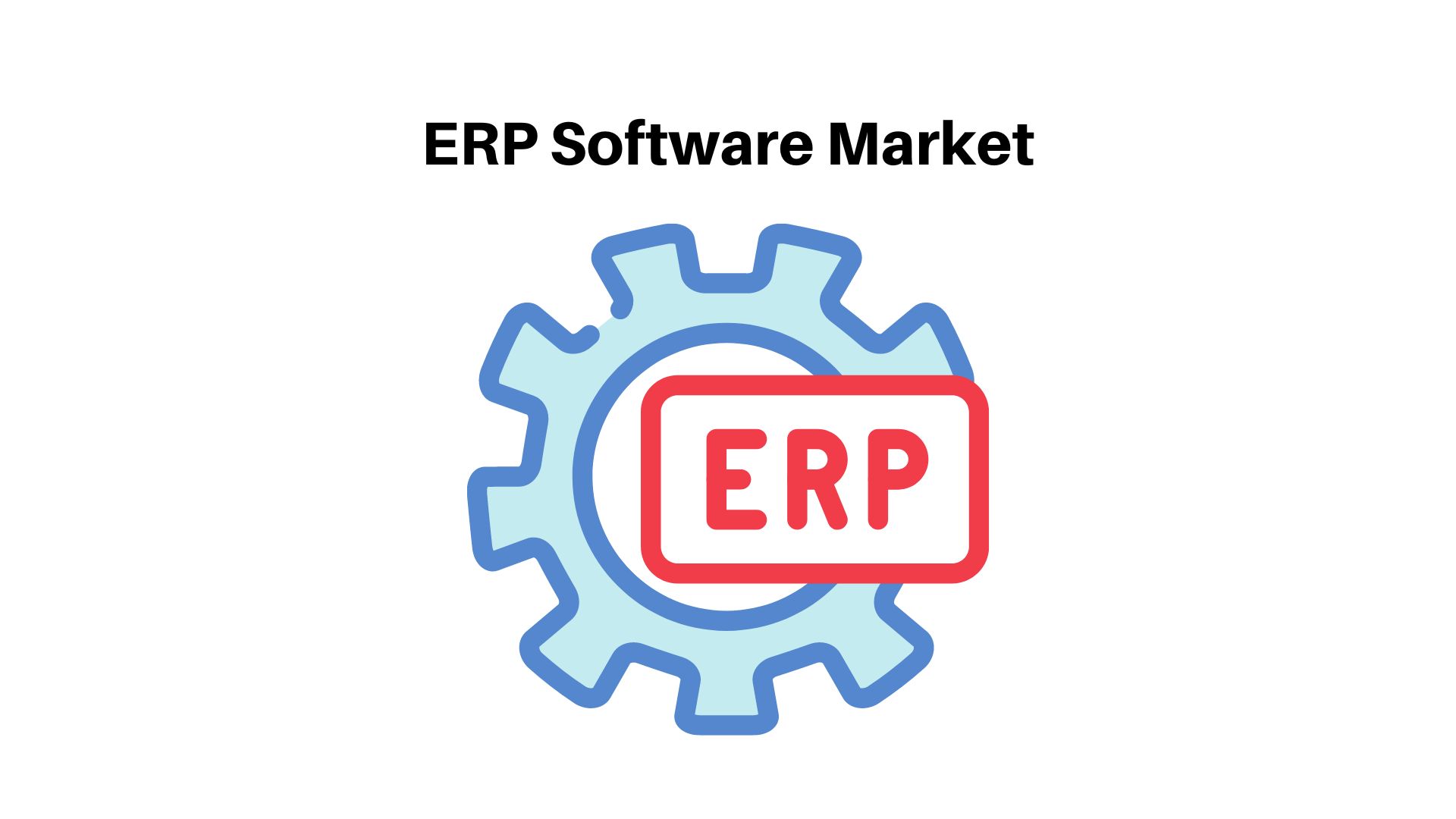Automotive Radar Sensors Market to Reach USD 6.5 billion by 2032 | Impact of US Bank Failures 2023

Page Contents
Market Overview
Published Via 11Press: In 2022, the automotive radar sensors market was estimated to be worth USD 2.4 billion and reach its peak value of USD 6.5 billion by 2032 at a compound annual growth rate (CAGR) of 10.94% between 2022 and 2032.
Automotive radar sensors are an integral component of advanced driver assistance systems (ADAS) and autonomous driving technologies. These sensors use radio waves to detect the presence, distance, and speed of objects nearby, giving vital data to a car's onboard computer for making informed decisions. Forecasts predict that demand for automotive radar sensors will grow significantly over the coming years due to rising demand for ADAS features and self-driving cars becoming more commonplace.
The report attributes this growth to factors such as increasing consumer demand for safe and efficient vehicles, government regulations mandating the installation of ADAS in vehicles, and advances in radar technologies. Geographically speaking, Asia-Pacific is expected to lead the automotive radar sensors market due to high vehicle production levels and increasing adoption of ADAS in countries like China, Japan, and South Korea. North American and European markets are expected to experience significant expansion due to rising consumer demands for safety features coupled with major automotive manufacturer presence in these regions.
Technology-wise, the market is divided into 24 GHz, 77 GHz, and others. The latter segment is predicted to dominate during the forecast period due to its superior accuracy and dependability for ADAS features such as autonomous emergency braking and pedestrian detection. Overall, the automotive radar sensors market size is expected to expand over the coming years as more ADAS applications adopt advanced radar technologies; however, factors like high costs or competition from alternative technologies like lidar or camera-based systems could limit growth prospects.
Drivers, trends, and challenges have an impact on market dynamics, which can impact businesses. Request for PDF sample report

Key Takeaways
- The global automotive radar sensors market is projected to experience a compound annual growth rate (CAGR) of more than 10.94% between 2022-2032.
- Demand for automotive radar sensors is being propelled by the growing adoption of advanced driver assistance systems and self-driving cars.
- Short-range radar sensors are expected to dominate the market due to their diverse applications, such as blind spot detection, lane change assist, and rear cross-traffic alert.
- The Asia-Pacific region is expected to dominate the market, due to increasing demand for luxury cars and the growing trend of vehicle electrification.
Regional Snapshot
The global automotive radar sensors market can be divided into North America, Europe, Asia-Pacific, Latin America, and Middle East & Africa. Asia-Pacific is expected to dominate the market due to increasing demand for luxury cars, the increasing trend towards vehicle electrification, and the key players present there. North America and Europe are also expected to experience significant growth over the coming years due to the increasing adoption of ADAS features as well as the major automotive manufacturers present there.
Drivers
- As demand for ADAS features and self-driving cars continues to rise, there is also an increasing trend toward vehicle electrification.
- Luxurious automobiles continue to gain ground as motorists become more aware of road safety.
Restraints
- High cost of radar sensors.
- Lack of standardization.
- Reliability issues during harsh weather events
Overall, the automotive radar sensors market is expected to experience significant growth over the coming years due to rising demand for ADAS features and self-driving cars. Asia-Pacific region is projected to dominate this market due to rising luxury car sales and increasing electrification of vehicles. Despite these obstacles such as the high cost of radar sensors, lack of standardization, and reliability issues during harsh weather conditions; there remains room for improvement within this space.
Opportunities
- Rising demand for Advanced Driver Assistance Systems (ADAS) and autonomous vehicles.
- Increased need for safety features in vehicles.
- Adoption of radar technology in emerging economies.
- Development of 5G technology for communication and connectivity inside vehicles.
Challenges
- High cost of radar sensors.
- Strict government regulations and safety standards.
- Interference with other radar systems or frequency bands.
- Limited range and resolution of radar sensors.
Recent Developments
- Growing Adoption of Advanced Driver Assistance Systems (ADAS): Automotive radar sensors are an integral component of ADAS systems, which are increasingly being integrated into modern vehicles. As a result, demand for automotive radar sensors is on the rise.
- Growing Demand for Autonomous Vehicles: Autonomous vehicles require sophisticated radar sensors for safe, dependable operation. As companies such as Tesla, Waymo, and Uber continue to develop and test autonomous vehicles, the need for automotive radar sensors is expected to grow significantly.
- Advancements in Radar Technology: Radar technology is constantly progressing, with new advancements such as higher frequency bands, improved resolution, and superior signal processing capabilities. These improvements have made radar sensors more accurate and dependable – leading to an uptick in demand from the automotive industry.
- Government Regulations: Governments around the world are enacting regulations to improve vehicle safety and reduce accidents, driving demand for ADAS systems that in turn require automotive radar sensors.
- Industry Partnerships and Collaborations: Automotive radar sensor manufacturers are joining forces with other industry players, such as car makers and software developers, to create new vehicles and technologies. These partnerships help spur innovation in the market and expand radar sensor usage within automobiles.
Key Market Segments
Type
- Long Range (?77 GHz)
- Medium Range (76-77 GHz)
- Short Range (24 GHz)
Application
- AEBS
- ACC
- BSD
- PPS
- Park Assist Systems
- LDWS
Key Market Players
- Autoliv
- Continental
- Delphi Automotive
- DENSO
- HELLA
- InnoSenT
- NXP Semiconductors
- Robert Bosch
- Smartmicro
- Wistron NeWeb
- ZF-TRW
- Asahi Kasei
- Mitsubishi Electric
- Nidec Elesys Americas
- FUJITSU TEN
- Valeo
- Brigade
- Analog Devices, Inc.
- Continental AG
- Custom Sensors & Technologies, Inc.
Report Scope
| Report Attribute | Details |
| The market size value in 2022 | USD 2.4 Bn |
| Revenue forecast by 2032 | USD 6.5 Bn |
| Growth Rate | CAGR Of 10.94% |
| Regions Covered | North America, Europe, Asia Pacific, Latin America, and Middle East & Africa, and Rest of the World |
| Historical Years | 2017-2022 |
| Base Year | 2022 |
| Estimated Year | 2023 |
| Short-Term Projection Year | 2028 |
| Long-Term Projected Year | 2032 |
Frequently Asked Questions
Q: What are automotive radar sensors?
A: Automotive radar sensors are electronic devices that use radio waves to detect objects and obstacles near a vehicle, such as those encountered with Advanced Driver Assistance Systems (ADAS) and autonomous driving. They're commonly found in advanced driver assistance systems (ADAS) and autonomous vehicles.
Q: What is the distinction between radar sensors and LiDAR sensors?
A: Radar sensors use radio waves to detect objects, while LiDAR uses laser light for detection. Radar sensors are better suited for long-range detection while LiDAR offers better resolution at shorter ranges.
Q: How far can automotive radar sensors detect objects?
A: The range of automotive radar sensors depends on the frequency band they operate in. Generally, these devices can detect objects between several meters to several hundred meters away.
Q: How much do automotive radar sensors cost?
A: The price of automotive radar sensors varies based on their type and performance. On average, radar sensors range in cost from several hundred to several thousand dollars.
Q: How are automotive radar sensors used?
A: Automotive radar sensors have numerous applications, such as adaptive cruise control, blind spot detection, lane departure warning, collision avoidance, and parking assistance.
The team behind market.us, marketresearch.biz, market.biz and more. Our purpose is to keep our customers ahead of the game with regard to the markets. They may fluctuate up or down, but we will help you to stay ahead of the curve in these market fluctuations. Our consistent growth and ability to deliver in-depth analyses and market insight has engaged genuine market players. They have faith in us to offer the data and information they require to make balanced and decisive marketing decisions.



